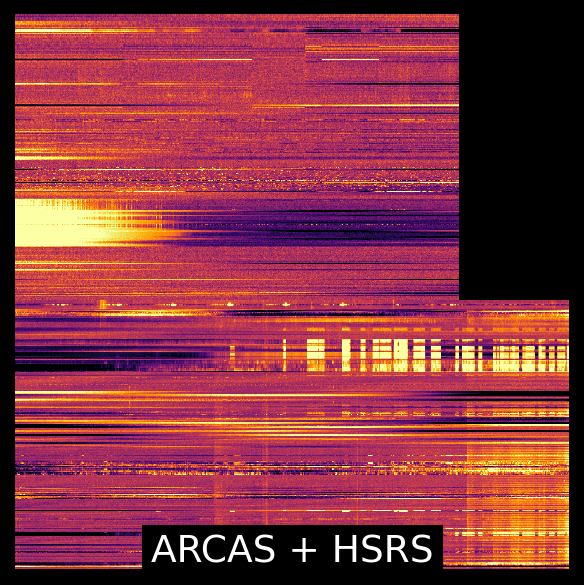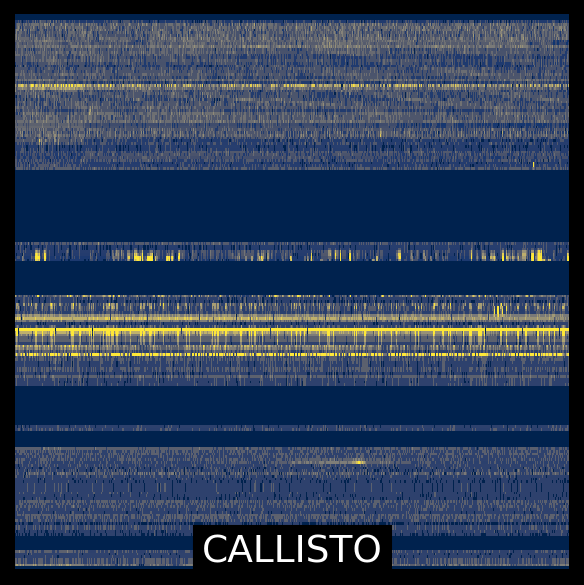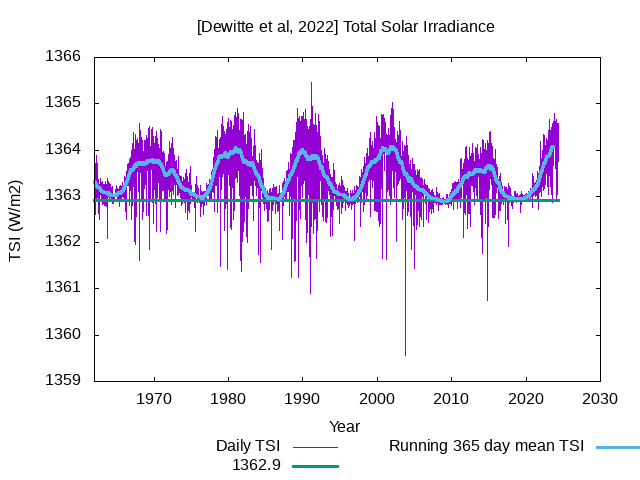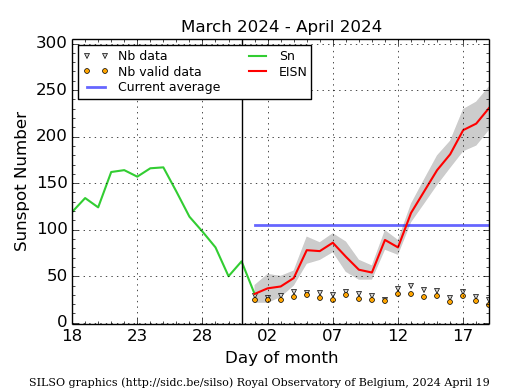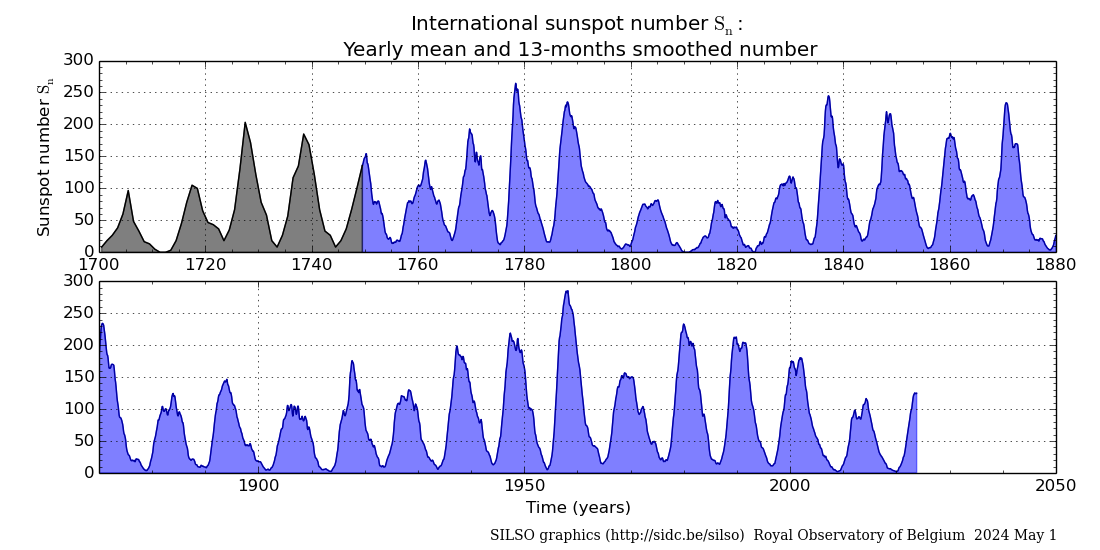Solar flaring activity was at moderate levels in the past 24 hours with background high C-class flaring and multiple M-class flares. There are around 19 numbered active regions on the visible solar disc with NOAA AR 3639 (beta-gamma), NOAA AR 3645 (beta-gamma) and NOAA AR 3647 (beta-delta) being the largest and most complex ones. The strongest activity was an impulsive M3.4 flare with start time 21:44 UTC, end time 21:57 UTC and peak time 21:52 UTC on April 21st produced by NOAA AR 3638 (beta-gamma). This region was responsible for most of the moderate flaring activity. Isolated low M-class flaring was produced by NOAA AR 3645, which has grown in size and complexity. NOAA AR 3647 (beta-delta) has exhibited further growth and produced multiple C-class flaring. NOAA AR 3655 (beta) produced isolated low flaring activity. The remaining active regions are relatively simple simple (magnetic type alpha or beta) and did not show any significant flaring activity. The solar flaring activity is expected to remain at moderate levels over the next days with likely further M-class flaring and small chance for X-class flaring.
No Earth-directed coronal mass ejections (CMEs) have been detected in the available coronagraph imagery over the past 24 hours. A Type II radio burst with estimated velocity of 278 km/s was observed at 22:09 UTC on April 21st, possibly related to the M3.4 flaring produced by NOAA AR 3638. No Earth-directed CME is currently associated to this event. A filament eruption to the east of the central meridian and might be associate with a narrow southward CME. Current analysis suggests no impact on Earth.
An equatorial positive polarity coronal hole is currently residing on the central meridian. The high speed stream emanating from it might arrive to Earth on April 25th.
Over the past 24 hours the greater than 10 MeV GOES proton flux was at background levels and is expected to continue so over the next days, pending any fast eruptive solar activity.
The greater than 2 MeV GOES 16 electron flux as measured by GOES 16 was below the 1000 pfu threshold and is expected to remain so in the upcoming days. The greater than 2 MeV GOES 16 electron flux as measured by GOES 18 briefly exceeded 1000 pfu threshold around 17 UTC and midnight UTC on April 21st. The greater than 2 MeV GOES 16 electron flux as measured by GOES 18 might briefly cross the 1000 pfu threshold again in the next 24 hours. The 24h electron fluence was at nominal level and is expected to remain so in the next days.

